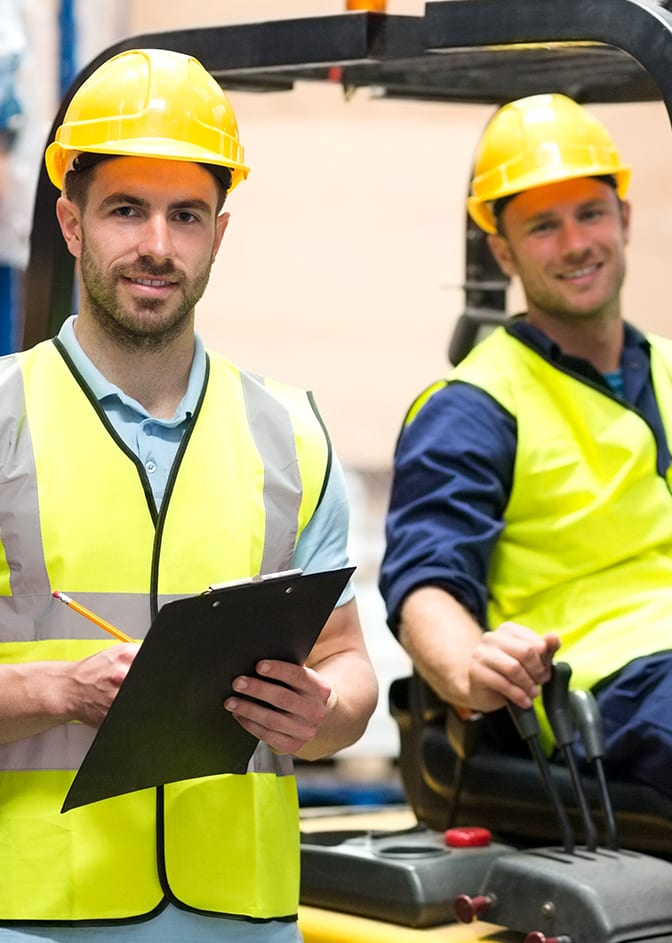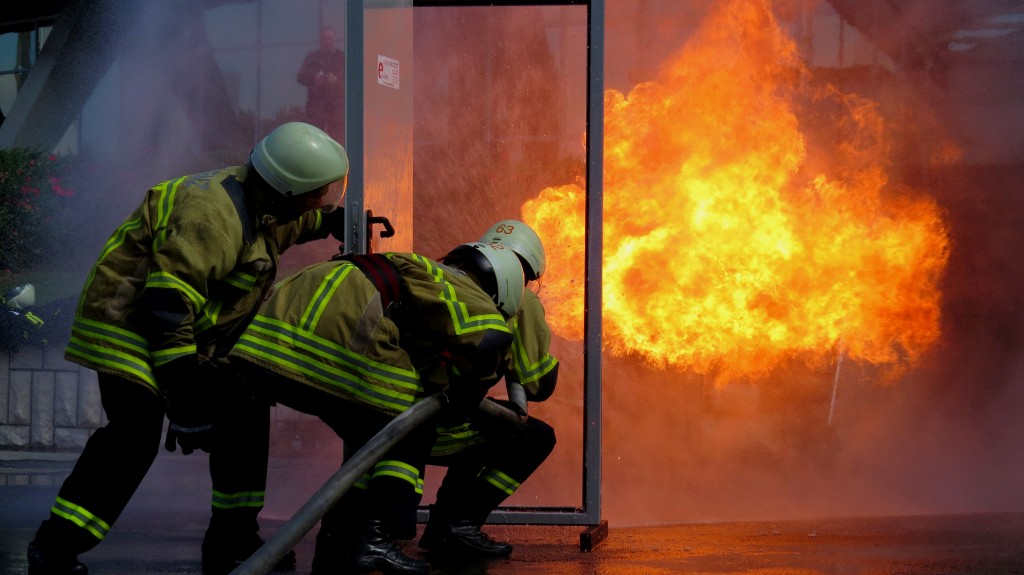
Management Commitment
- The TB Jones management team provides active leadership and support necessary to develop and maintain a successful safety and health program.
- Management at every level has the responsibility to actively execute our safety program and continued involvement is mandatory.
- The safety and health of each employee is the primary consideration throughout all phases of job assignments.
Safety Program
- To be recognized as the benchmark of safety in our industry.
- To transfer critical mental and physical skills into field execution.
- To empower all employees to step up and step in.
- To maintain compliance with all applicable State, Local, and Federal laws and regulations.
Employee Safety Training
- Pyrophoric and Non-Pyrophoric Catalyst Vacuum Operations
- Immediately Dangerous to Life and Health entry into confined spaces
- High Angle Rescue
- CPR/ First Aid & AED IAW Health and Safety Institute (HIS)
- Life-support Console Operator
- Engulfment risk Identification and mitigation
- Atmosphere monitoring of (inert) nitrogen purged and non-inert confined space vessels
- Backpressure testing of nitrogen purged vessels


TB Jones is an oil and gas service company. While our expertise allows us to execute numerous projects safely, there are inherent risks to working inside refineries and chemical facilities. One of our programs to mitigate those risks is Emergency Response. As part of our Safety Program we provide extensive Emergency Response training on the following subjects.
- First Responder to Personnel in Confined Spaces
- Primary First Aid / CPR / AED Support IAW Health and Safety Institute (HIS)
- Request for additional medical services as required
- Control of affected area by stopping all work activities
- Evacuation
- Vessel extrication
- High angle rescue
- Monitoring of nitrogen purge to vessels containing pyrophoric catalyst
All TB Jones projects are planned and executed by our subject matter experts. Safety is a prerequisite to the culmination of a project execution plan. Every project is analyzed for its specific safety risks. Below are some of the risks we consider on every project.
- Facility fire
- Facility explosions
- Emergency inside confined space vessel
- Facility evacuations
- Loss of nitrogen to vessels potentially allowing for a catalyst to auto-ignite
- Injuries to personnel
- Personal life – events while in confined spaces

